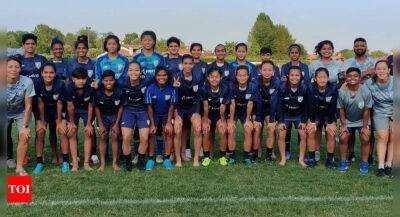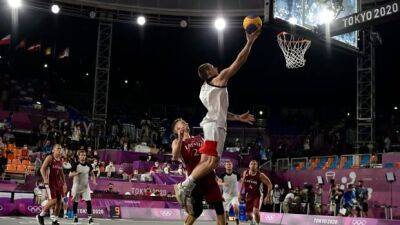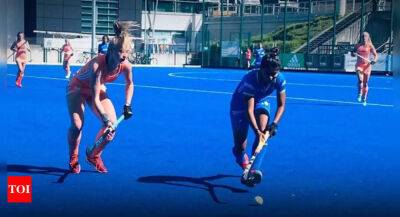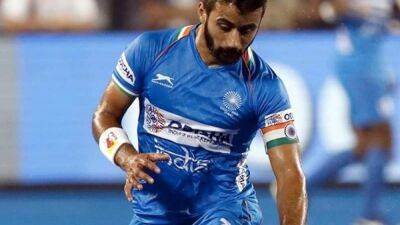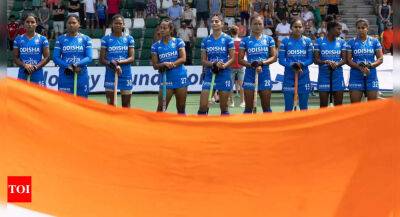No saddle, no helmet, just a determination to reach the finish line: A glimpse at Indian Horse Relay
"North America's original extreme sport," as it's known in some circles, has taken off in Canada in recent years.
It's called Indian Horse Relay racing, and Jay Peeaychew knows a thing or two about it.
The member of Red Pheasant Cree Nation in Saskatchewan is enjoying his fifth year as a relay racer. The 18-year-old was introduced to the sport by an uncle when he was just 14, and he's stayed on track with it ever since.
"It's a tough sport, it takes a lot of courage and braveness in you," Peeaychew said.
"To do it bareback, nothing to hang on besides the [horse's] hair and your own will."
Indian Relay consists of teams of riders taking laps around a track and switching or "exchanging" horses after every lap. Jumping from one sweaty, muscular, moving animal to another is what Peeaychew likes the most about it.
"The exchange is the best part, I love that part, that gets me," he said.
He also just loves the feeling of the race.
"Flying through the backstretch, on the homestretch, looking down on the ground, seeing how fast you're going, feeling the wind blowing your face and passing guys, and getting passed. It's just the best feeling out there. Nothing beats it."
Along with the adrenaline rush, Peeaychew says he enjoys the community aspect of the sport.
Peeaychew competed at the Manito Ahbee Festival in Winnipeg in May with the Elite Indian Relay Association (EIRA). It's the first time the sport has made an appearance at the annual festival celebrating Indigenous arts, culture and music.
"In It 2 Win It" is the name of Peeaychew's team, and owner Charles Stone calls the sport a family affair, with all hands on deck.
"There's a lot of people in the background, from painting the horses, feeding, it's all teamwork, and it's



